18 Photos That Show The Stunning Look Back At Life In 1965

Ah, 1965—a year when the world didn’t just exist, it performed. This wasn’t just another lap around the sun; it was a full-blown technicolor spectacle of music, movement, and major milestones.
The planet was buzzing with energy, ideas, and a rebellious rhythm that refused to be ignored. From the British Invasion led by The Beatles (cue the screaming fans) to the powerful roar of voices demanding civil rights in Selma, 1965 was the year the status quo got a serious shake-up.
Fashion got bolder, voices got louder, and the spirit of change was downright contagious. Whether it was in the lyrics of a protest song, the pages of new legislation, or the flicker of a movie screen, this was a year that pulsed with purpose.
So hop in—bell-bottoms optional—as we rewind time and relive 18 unforgettable moments that made 1965 one of the most electric years in modern history.
1. The Voting Rights Act Was Signed
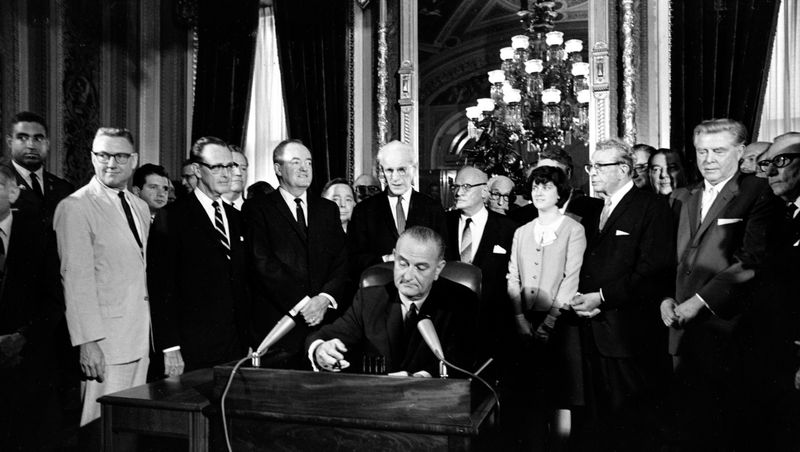
In the summer of 1965, something truly monumental happened—a pen was mightier than the sword, or at least mightier than the outdated voting restrictions. President Lyndon B. Johnson, with an ink stroke, set a new course for equality by signing the Voting Rights Act into law.
This wasn’t just a signature; it was the audible crack of barriers falling, making way for Black Americans to step forward into polling booths without the heavy chains of discrimination. It was a landmark moment in civil rights history—one that resonated like a bell tolling freedom across the nation.
Civil rights leaders, like Martin Luther King Jr., saw this as a victory lap around decades of struggle and perseverance. It wasn’t just about casting votes; it was about voicing dreams and shaping destinies. The Voting Rights Act of 1965 was a game-changer, a legal beacon lighting the way towards justice and equality. And in this decisive year, democracy didn’t just stand up; it took a confident stride forward.
2. The First U.S. Troops Landed in Vietnam
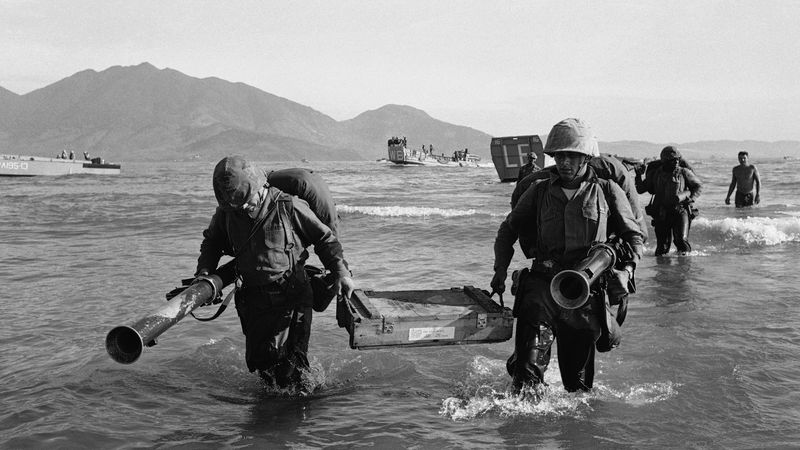
1965 was the year when the world’s most powerful country packed its bags for a trip halfway around the globe—only this trip didn’t involve sunscreen and beach towels. Instead, it marked the escalation of the Vietnam War with the first official deployment of U.S. ground troops.
These young soldiers were not just stepping onto foreign soil; they were stepping into history’s pages, into jungles thick with uncertainty and conflict. Their mission was as uncharted as the dense forests they navigated, and their presence was a signal that things had gotten real in a hurry.
Back home, the images of these troops and the unfolding warfare flickered on TV screens, bringing the stark realities of war into living rooms across America. It was a moment that defined a generation, a conflict that raised questions, stirred protests, and shaped the social and political landscape of the time. The arrival of U.S. troops in Vietnam was more than a military movement; it was the beginning of a profound chapter in world history.
3. Malcolm X Was Assassinated
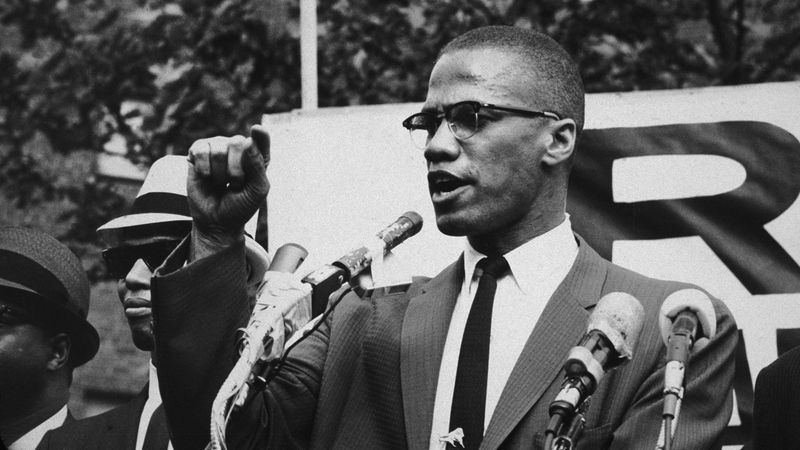
In 1965, the voice of Malcolm X was silenced, but his echo only grew louder. Tragically gunned down in New York City, his assassination was a heartbreaking punctuation mark in the civil rights movement.
Malcolm X was no stranger to controversy. His fiery speeches and unyielding stance challenged America to confront its racial injustices head-on. Yet, his untimely death was not an end but a catalyst, prompting reflection and inspiring future generations to pick up the baton he left behind.
As a leader, Malcolm X was a figure of empowerment and transformation, advocating for Black self-determination and human rights. His legacy—etched in the annals of history—continues to influence social justice movements globally. In 1965, his loss was profound, but his message endures, resonating with those who strive for equality and justice even today.
4. The Beatles Took Over the Planet
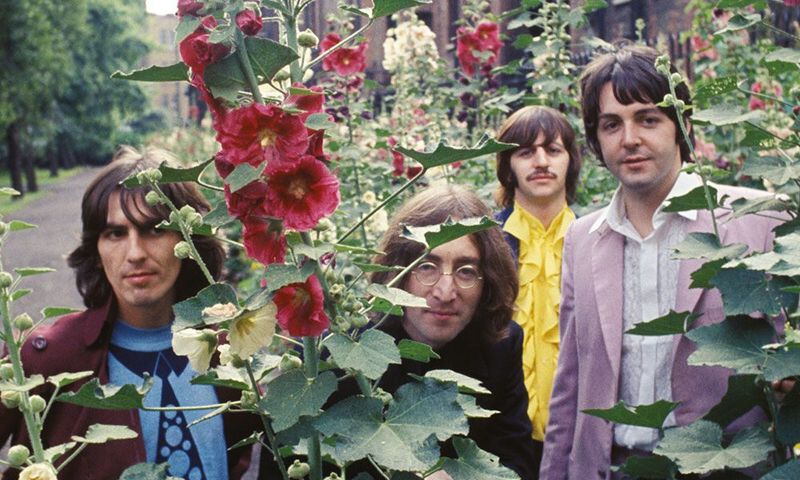
Picture this: four lads from Liverpool causing such a stir that even your grandma knows their names. Yep, 1965 was the year Beatlemania truly went global. With the release of “Help!” and “Rubber Soul,” The Beatles didn’t just sing; they orchestrated a cultural earthquake. Screaming fans became a ubiquitous natural disaster, as their sound waves rippled across the planet.
Every new song was like a ticket to a world tour, and suddenly, teenagers everywhere were part of a hair-raising, head-bopping phenomenon. “Help! I need somebody,” they sang, and boy, did the world respond. This was more than music; it was a movement, a symphony of youth.
The Beatles’ tunes became anthems of a generation, earworms that found their way into every corner of the globe. Their influence extended beyond records. Hairstyles, fashion, and even attitude took cues from these fab four. In 1965, the world was spinning to a different beat, and The Beatles were the maestros leading the charge.
5. The Sound of Music Sang Its Way Into History

The hills were alive in 1965, and it wasn’t just the Alps that were echoing with song—it was living rooms and theaters worldwide. “The Sound of Music,” starring the ever-charming Julie Andrews, twirled its way into cinematic history and our hearts.
Winning five Oscars and inspiring endless singalongs, this wasn’t just a film; it was a cultural sensation. Families gathered, popcorn in hand, to watch the heartwarming story of the von Trapp family, and suddenly, everyone wanted to climb every mountain.
“The Sound of Music” was more than entertainment; it was a love letter to resilience and joy against the backdrop of adversity. Its impact was timeless, its melodies unforgettable. Even today, generations continue to find solace and inspiration in its harmonious embrace. In 1965, the world sang along, and the echoes of that chorus are still heard today.
6. Martin Luther King Jr. Led the Selma Marches
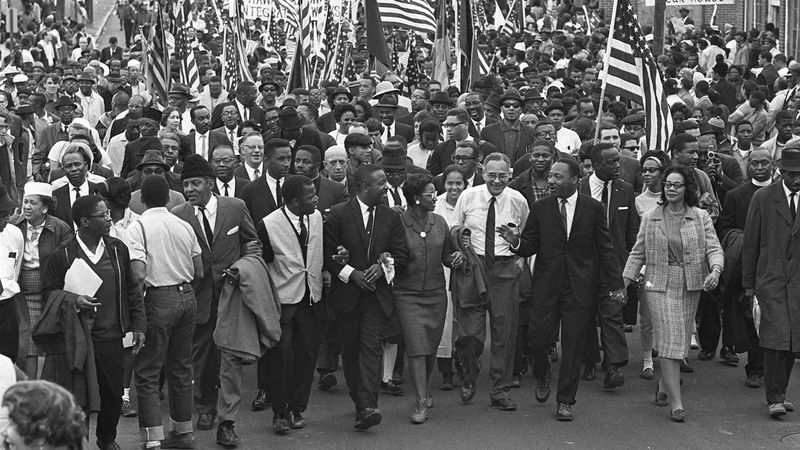
In 1965, courage wore shoes and marched 54 miles from Selma to Montgomery. Led by Martin Luther King Jr., the Selma Marches were a testament to the unwavering spirit of peaceful protestors demanding voting rights.
This was more than a walk; it was a stride towards justice, capturing the world’s attention and highlighting the stark reality of racial inequality. With every step, hearts beat to the rhythm of change, and eyes were opened to the necessity of equality.
The march wasn’t just about reaching a destination; it was about setting a precedent. Martin Luther King Jr.’s leadership during this pivotal moment carved a path for civil rights, reminding us all that the road to justice is walked with determination and unity. The Selma Marches of 1965 stand as a powerful symbol, inspiring generations to keep moving forward, no matter the obstacles.
7. The Gemini Space Missions Took Off
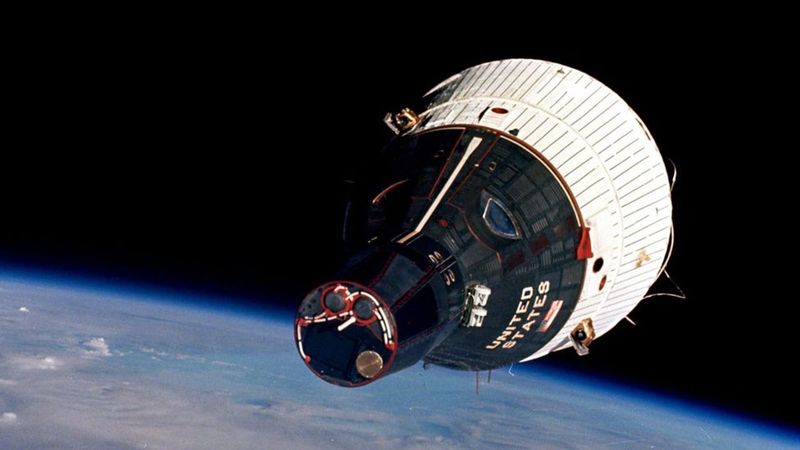
In 1965, NASA was not just reaching for the stars; it was aiming to own them. The Gemini missions took to the skies, setting the stage for mankind’s lunar ambitions and proving that the sky was not the limit—it was just the beginning.
These missions were a cosmic dress rehearsal, a series of spaceflights that tested human endurance and technological prowess. Each launch was a countdown not just to lift-off, but to mankind’s future among the celestial bodies.
As astronauts floated weightlessly, humanity’s dreams soared higher. The Gemini missions were a testament to innovation and curiosity, pushing the boundaries of what was possible. In 1965, the space race was in full throttle, and with each mission, we edged closer to the moon, one giant leap at a time.
8. Bob Dylan Plugged In and Blew Minds
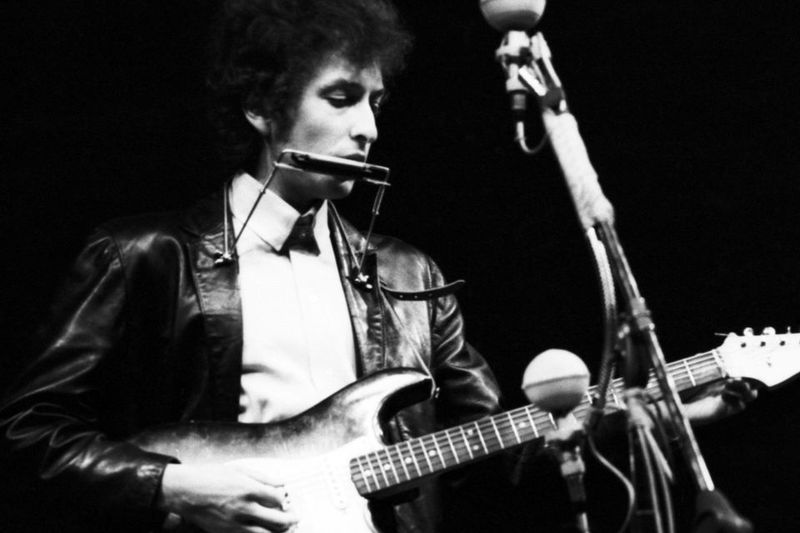
In 1965, Bob Dylan did the unthinkable—he went electric at the Newport Folk Festival, and the folk music world collectively clutched its acoustic pearls. This was a twist that sent shockwaves through the music community, echoing like a rebellious riff.
Fans were flabbergasted, purists were perplexed, and Dylan? He was unapologetically pioneering. His electric performance was a bold statement, a dynamic shift that amplified his voice and cemented his place as a musical maverick.
This pivotal moment was more than a change in sound; it was a transformation in musical narrative. Dylan’s electric debut was a testament to evolution, showing that music, much like life, thrives on change and innovation. In 1965, Dylan didn’t just plug in his guitar; he plugged into the zeitgeist, and music was never the same again.
9. The Watts Riots Rocked L.A.

In the simmering heat of 1965, Los Angeles was more than a city of stars; it was a city of unrest. The Watts Riots erupted, spanning six days and bringing the harsh realities of racial injustice and economic inequality into sharp focus.
Streets once bustling with everyday life became stages for protest and cries for change. The riots were a painful, powerful reminder of deep-seated societal issues that could no longer be ignored.
As fires blazed and tensions flared, the nation watched, listened, and learned. The Watts Riots were not just a moment of violence; they were a catalyst for dialogue and a push towards understanding. In 1965, Los Angeles was a crucible of change, and the lessons learned continue to reverberate through the corridors of time.
10. The Pillsbury Doughboy Was Born

In 1965, a little giggling icon made his debut, and kitchens everywhere were never the same. The Pillsbury Doughboy popped onto the scene, and with a poke to his belly, he giggled his way into our hearts and onto our shopping lists.
This wasn’t just a marketing gimmick; it was an introduction to a culinary companion whose doughy smile promised delicious delights. The Doughboy became synonymous with home-baked goodness, his presence in commercials sparking smiles and appetites alike.
With his chef’s hat and infectious laugh, he became more than an advertising creation; he was a beloved character, a kitchen confidante. In 1965, the Pillsbury Doughboy wasn’t just born; he was baked into the fabric of family meals and kitchen memories everywhere.
11. The Mini Skirt Made a Big Entrance

In 1965, the fashion world was flipped on its head, or rather, lifted several inches above the knee. The mini skirt, brought to mainstream fame by designer Mary Quant, strutted onto the scene, sparking both controversy and major leg envy.
This wasn’t just a fashion statement; it was a cultural revolution, a hemline that challenged societal norms and empowered women to express their individuality. Suddenly, legs were the stars of the show, and the world couldn’t help but take notice.
The mini skirt was more than a garment; it was a symbol of liberation and boldness. In 1965, it wasn’t just about what you wore; it was about how you carried yourself, and the mini skirt was a stride towards a more expressive future. Fashion had a new muse, and she was as dynamic as she was stylish.
12. The First Commercial Use of Kevlar Was Created

In 1965, a superhero wasn’t born, but super-material was. Kevlar, that miraculous synthetic fiber, found its first commercial use, and the world of body armor and bulletproof vests was forever changed.
Developed by chemist Stephanie Kwolek, Kevlar was stronger than steel and lighter than a feather—almost magical in its properties. Its introduction was a game-changer, offering unprecedented protection and serving as a shield for those in harm’s way.
This wasn’t just innovation; it was a revolution in safety. Kevlar redefined what was possible in material science, pushing boundaries and saving lives. In 1965, with this fiber, the future was not just stronger; it was safer. The world of protection was wrapped in a new fabric, and it was bulletproof.
13. Muhammad Ali Defended His Title

Float like a butterfly, sting like a bee—1965 saw Muhammad Ali (still known to many as Cassius Clay) deliver a knockout punch to boxing history. In a legendary rematch against Sonny Liston, Ali retained his heavyweight title in just one round.
The fight was more than just a clash of titans; it was a showcase of Ali’s unmatched agility and charisma. That “phantom punch” he delivered became the stuff of legends, a testament to his prowess and the power of self-belief.
Ali wasn’t just a fighter; he was a cultural icon, challenging norms and speaking his truth, both inside and outside the ring. In 1965, he didn’t just defend a title; he solidified his legacy as one of the greatest athletes to ever grace the sport. The champ was here, and his impact was as powerful as his punch.
14. “Satisfaction” by The Rolling Stones Hit No. 1
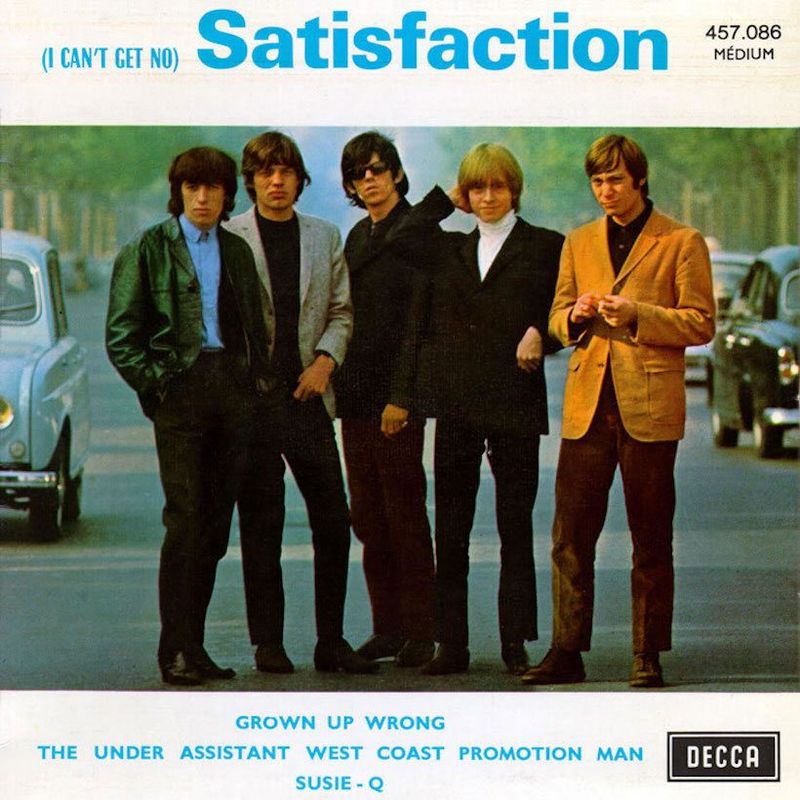
In 1965, rebellion had a soundtrack and it had a riff that rolled like thunder. The Rolling Stones’ “(I Can’t Get No) Satisfaction” rocketed to No. 1, and suddenly, teenage swagger had a theme song.
With its distinctive fuzzy guitar riff and raw vocals, the song didn’t just play—it struck a chord with youth worldwide, becoming an anthem of defiance and yearning. The Stones were not just playing music; they were channeling the restless spirit of a new generation.
“Satisfaction” wasn’t just a hit; it was a cultural phenomenon, a declaration that rock and roll was here to stay. In 1965, the Stones didn’t just get satisfaction; they gave it, adding a rebellious rhythm to the era’s heartbeat.
15. Medicare and Medicaid Became Law
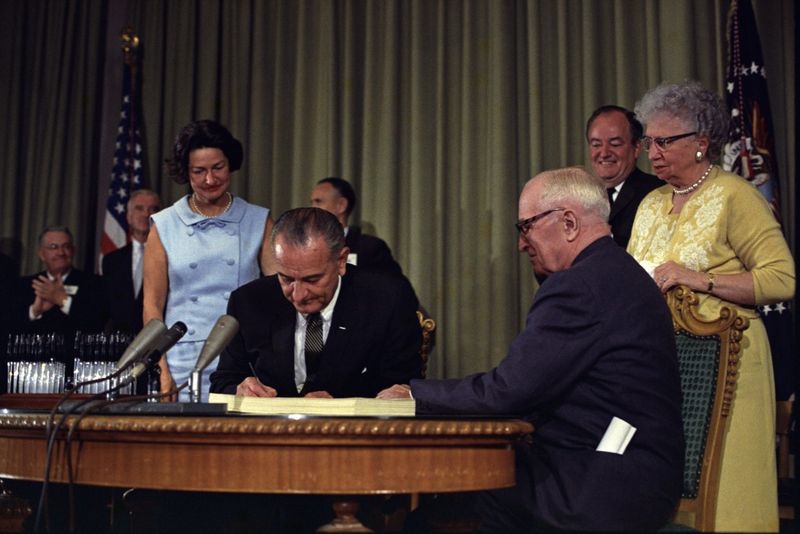
In 1965, healthcare took a historic turn when President Lyndon B. Johnson signed Medicare and Medicaid into law. Suddenly, the healthcare landscape wasn’t just a maze; it was a pathway to accessibility for the elderly and low-income families.
This legislation was more than a policy; it was a promise of care and dignity, a safety net catching those who needed it most. It was a landmark achievement in social welfare, extending a lifeline to millions.
With the stroke of a pen, the government stepped into the ring, fighting for the health and well-being of its citizens. In 1965, the signing of Medicare and Medicaid wasn’t just a legal act; it was a compassionate commitment to a healthier nation, paving the way for future healthcare reforms.
16. Peanuts Went Prime Time

Good grief! In 1965, the beloved comic strip “Peanuts” took a leap onto television screens with “A Charlie Brown Christmas.” This wasn’t just an animated special; it was a holiday tradition in the making.
Viewers were treated to the heartwarming simplicity of Charlie Brown and his friends, as Linus delivered a mic-drop moment with his recitation of the Christmas story. It was a poignant reminder of the season’s true meaning.
“Peanuts” didn’t just entertain; it resonated, capturing the innocence and humor of childhood. In 1965, “A Charlie Brown Christmas” was more than a show; it was a celebration of whimsy and wisdom, wrapped in a cozy, animated package that continues to delight audiences year after year.
17. The St. Louis Arch Was Finished

In 1965, the Gateway to the West was officially complete, and St. Louis had a new centerpiece—the magnificent Arch. Standing tall and proud, it was more than just a metal rainbow; it was an engineering marvel.
The Arch’s completion was a testament to human ingenuity and ambition, a structure that symbolized progress and connection. Visitors gazed up at its gleaming curves, both confused and impressed by its towering presence.
This was not just a monument; it was a beacon of adventure and exploration. In 1965, the St. Louis Arch didn’t just frame the sky; it framed a vision of America’s future, inviting onlookers to dream big and reach further.
18. Astroturf Was Invented

In 1965, the world of sports was about to get a facelift—literally. Astroturf was invented, and suddenly, fields of green were no longer dependent on rain or sunshine.
This synthetic wonder turned traditional grass on its head, paving the way for indoor stadiums and year-round play. Athletes found themselves running on this new surface, adapting to a game where the grass was always greener because it was always the same.
Astroturf was more than just fake grass; it was a game-changer, a surface that promised consistency and durability. In 1965, sports fields were revolutionized, and the future of athletic events was forever altered. With Astroturf, the game remained the same, but the playing field was anything but.
